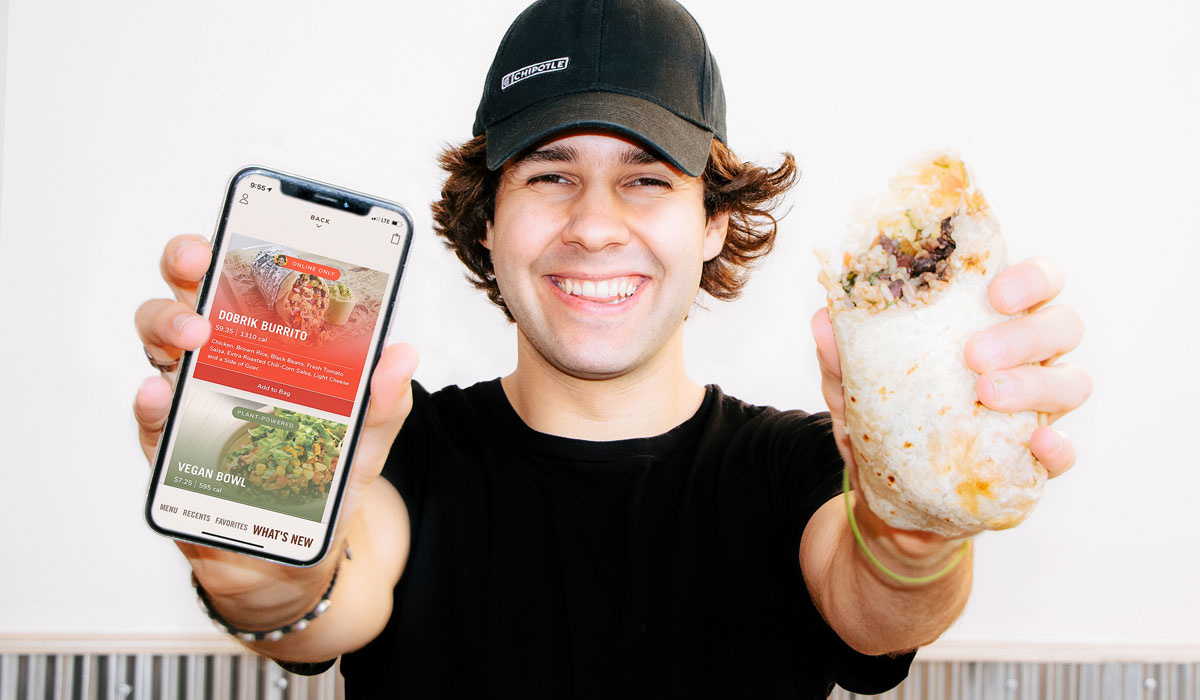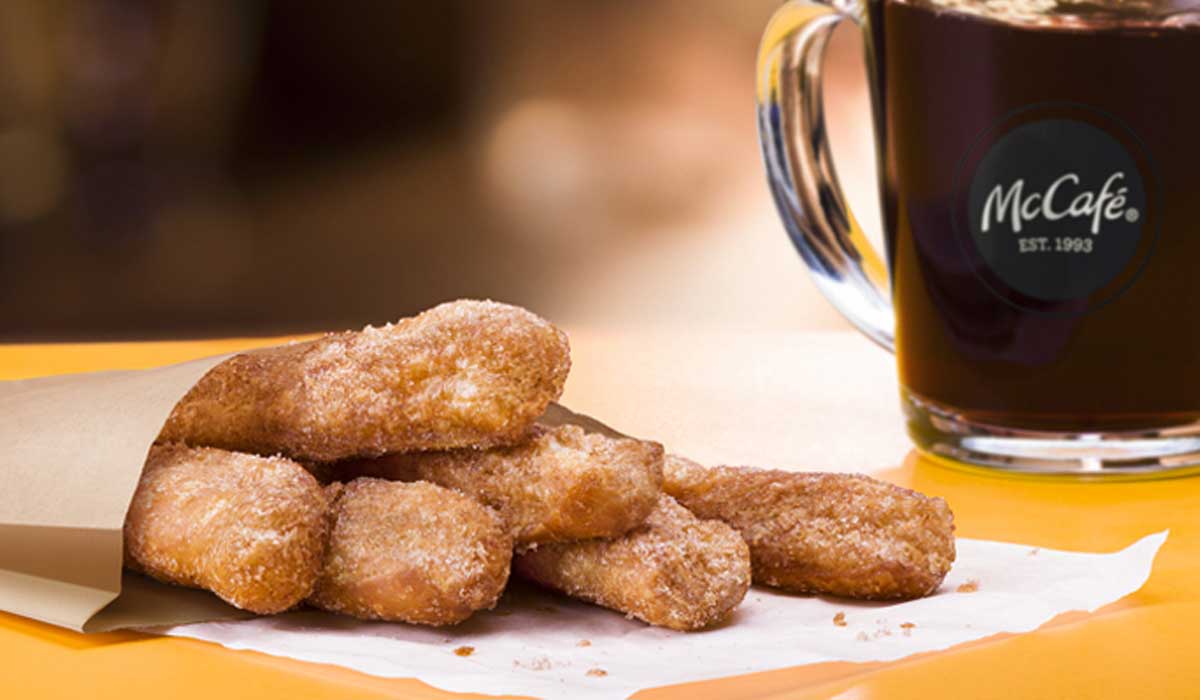Restaurants can argue the merits of local versus national marketing all day, but it’s really a case-by-case debate. Even a chain as broadly viewed as McDonald’s found benefit in curating advertising at the ground level. Recently, fast-food’s top earner realized that breakfast needed local messaging to compete with independents and other quick-serves. So it offered more autonomy to operators on which products they wanted to fit into which price tiers, “because various cities have different cost structures,” CFO Kevin Ozan said at the time.
What McDonald’s also discovered was that certain markets gravitated toward specific products. Hence, the change in all-day breakfast, where operators now get to choose which items to serve, and when. For example, in areas where McMuffins are most popular, restaurants can focus on those offerings during all-day breakfast. If that market opts to simplify offerings, they can decide to begin at 10:30 a.m. or continue featuring an expanded lineup before shifting to customers favorites at 2 p.m.
A sweeping value proposition just didn’t resonate as heavy as local deals across every occasion, which meant co-ops had the potential to allocate spend more effectively, and McDonald’s jumped on it. All that said, the chain’s national offers, like the 2 for $5, enjoyed strong transactions, too, as well as check growth.
A national framework executed at the local level has long been an effective strategy for multi-unit restaurants. It gives even the smallest operator in a system the marketing materials and appearance of a company with much-deeper pockets. Simply, high-dollar commercials, digital videos, and other campaigns typically aren’t in the budget of every operator.
Big chains also find efficiency in purchasing media at the national level. Other brands reallocate marketing budgets from local to national when they need to rebuild brand visibility and affinity during a widely publicized issue, like a food-safety hit.
The result, often times, is local media sellers speaking with franchisees who don’t have a lot of discretionary spending for local marketing. Yet it’s a critical message for restaurants, especially regional brands, if they want to fight for share with upstarts and even other brands in their own system.
This is why communication throughout a restaurant company is so important. “Local advertising plays a critical role in the [quick-service restaurant] category even for national brands,” said Rick Ducey, BIA Advisory Services’ managing director, in a statement. “As one marketing director noted to us, ‘if you don’t have a relationship with your community, you won’t have a business for long; [local advertising] is an investment, not a cost.’”
BIA shared a recent report with QSR, Insights in Local Advertising—Quick Service Restaurant Industry, which explains local media spending trends and consumer media usage habits in the industry.
The company estimates the total local advertising spend on quick-service restaurants to represent $3.9 billion in 2019. It predicts advertising spend in the segment will dip a bit over the next few years before regaining and slighting exceeding its 2019 level by 2023.
The growth in total vertical spending from 2019–2023 suggests an additional $47 million will be spent annually by 2023—or a 0.3 percent compound annual growth rate. This will come primarily from 5.3 percent compounded growth in digital advertising.
That latter note is where the boom will occur: Digital advertising is expected to grow from 36.1 percent in 2019 to 43.8 percent of total quick-service advertising by 2023, BIA said.

Let’s break it down
Despite what pathways enter the conversation, the quick-service restaurant vertical is still a heavy user of direct mail. BIA predicted that 24.9 percent of the sector’s total local advertising would be spent in this category in 2019. After direct mail, online makes up 14 percent of the media spend distribution; TV 12.9 percent; mobile 12.8 percent; radio 10.2 percent; cable TV 5.4 percent; OOH 5.2 percent; news/print 4.1 percent; email 4 percent; news/online 2.1 percent; radio online 1.2 percent; TV online 1 percent; magazine/print 0.9 percent; internet YP 0.5 percent; print YP 0.2 percent; and magazine online 0.4 percent.
Some interesting notes: print newspapers, at 4.1 percent, are significant less than BIA’s average across all advertising categories at 7 percent. TV, however, is higher for restaurants than 75 percent of other industries (the average is 9.6 percent). BIA also discovered that quick-serves have been faster to adopt mobile advertising (12.8 percent versus 12.1 percent average) and quicker to use pure play online advertising (14 percent versus 12.5 percent).
Don’t expect that trend to slow down. One thing about restaurants is that they’re daily guest courters. While a car dealership might push a message via a certain medium to a direct audience at a defined time, it’s not exactly a regular purchase. Restaurants see value speaking to guests through devices attached to their routines (smartphones). People eat every day. And that’s not going to change. Also, repeat visits and incremental revenue is more important to restaurants than many other industries.
BIA projects local digital advertising growth will come primarily in online advertising, which will increase by an additional $186 million per year by 2023, compared to 2019. Online activities currently comprise $753 million in quick-service ad spending. BIA said a shift toward a greater reliance on digital media would change the share of spending among all media types by the quick-serve sector. This will flood new opportunities for fresh media and platform vendors into the equation.
BIA predicts local advertising to expand $47 million in the next four years, hitting $3.96 billion. How will this unfold? Even with digital growth, direct mail is expected to remain the largest share, decreasing by only 4.1 percent. Print newspapers are expected to decline 1.2 percent. Online and mobile advertising should offset the drop with a gain of 5.4 percentage points. This will account for $753 million in local ad revenue in 2019, largely flowing to vertical search sites. BIA believes online spending will grow to $939 million by 2023.
Per capital, narrow the target
As noted earlier, marketing spend really needs to be approached by the city, town, and everything in between. BIA tapped Lubbock, Texas, as the highest quick-service restaurant advertising per capita spend in the country at $23.19 (the average nationwide was $11.20). Columbus, Georgia, came in at No. 2 at $21.33, following by Jonesboro, Arkansas ($21.04); and Lincoln, Nebraska ($20.73).
Here’s a look at the top 10 markets in regards to per capital quick-service advertising spending:
- New York: $10.30
- LA: $14.50
- Chicago: $14.20
- Philadelphia: $10.20
- Dallas-Fort Worth: $12.80
- San Francisco-Oakland-San Jose: $13
- Boston: $12.30
- Washington, D.C.: $12.50
- Atlanta: $10.60
- Houston: $14.30
Customer breakdown
BIA teamed with MRI-Simmons to get a view of quick-serve customers’ media consumption.
Looking at D.C., as a case study, the most heavily used media were:
- Internet and TV: 40 percent
- Radio: 38 percent
- Magazines: 35 percent
- Newspaper: 29 percent
- The ad spending was concentrated in:
- Direct mail: 24 percent
- TV and mobile: 13 percent each
- Radio: 9.4 percent
- Newspapers: 5.4 percent
- Magazines: 0.8 percent
What BIA found was a match between relatively higher spending for TV, online, and mobile, and heavier audience consumptions. Yet that changed by brand.
Chipotle, for instance, saw an over-index in its customers’ use of Internet, with 54 percent of guests identifying as heavy Internet users versus 40 percent average. Chipotle consumers also under-indexed versus other groups in TV.
READ MORE: Chipotle rides the digital boom.
The conclusion
BIA came away with five strategies for local media sellers to become better marketing partnership with quick-service restaurants.
- Educate restaurants with local marketing budgets on how to develop modern campaign strategies with relevant metrics and KPIs. Media allocations and creative should be optimized. Everything is more data driven now.
- A cross-platform strategy is key. Set measurable KPIs and A/B testing to show clients what’s working and what’s not. Individual channels should—and can—service multiple purposes. They can also serve a greater goal.
- Quick serves live in the mobile world, from payment to promotions to menus. Mobile app downloaded are a core KPI for restaurant marketing.
- Search, paid and organic, and driving website traffic, remain important targets for brands. BIA suggests seeing if a chain would be willing to reallocate some of its search budget to traditionally more upper funnel media that research now shows drives not just branding goals, but also engagement goals, like digital lift in search.
- Lastly, take a hard look at location intelligence. This goes beyond bidding strategies for search terms and into online and mobile advertising. Strategic consumer segmentations can drive guest acquisition and retention.







